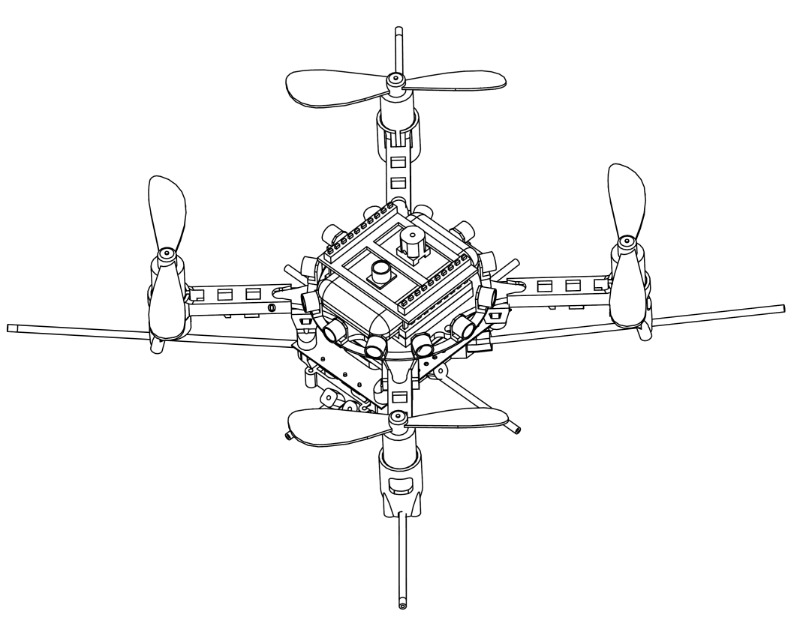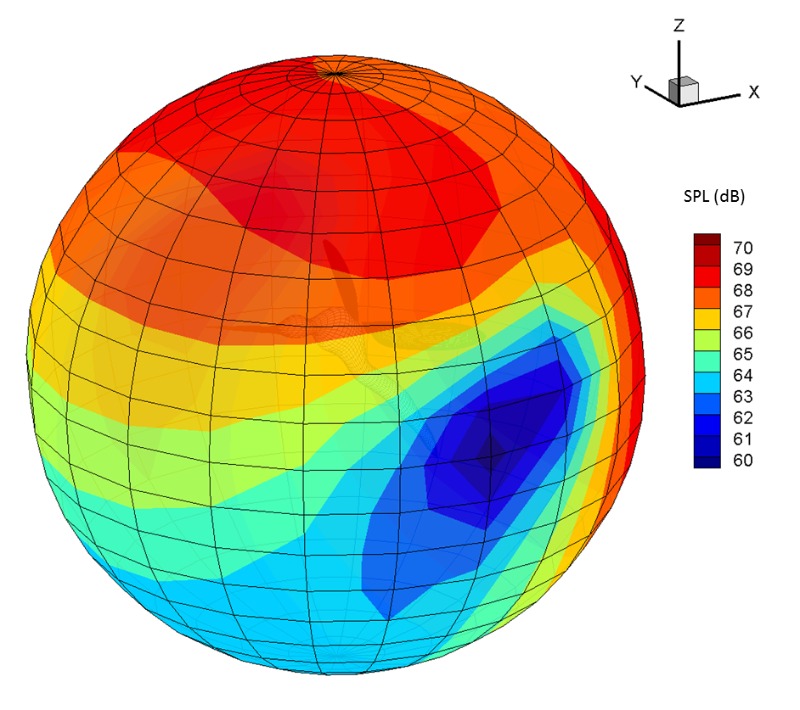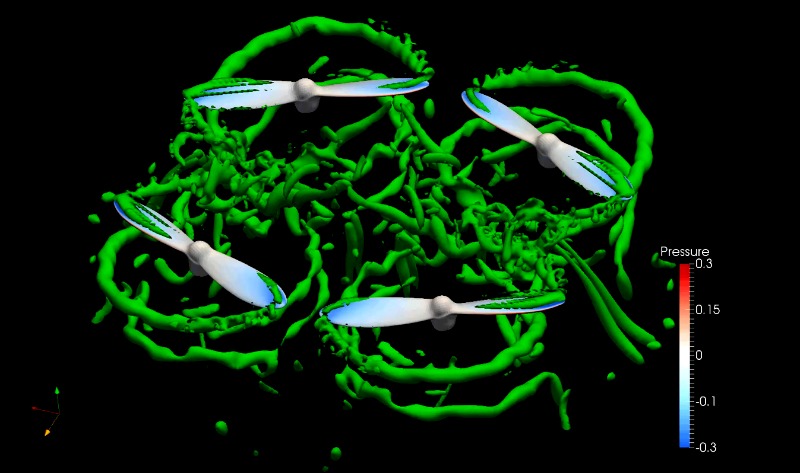Bio-inspired sensor technology to be used to help rotorcraft drones to operate more safely in built up environments
New work in the Structure and Motion Laboratory will help rotorcraft drones operate more safely in built up environments by using bio-inspired sensor technology. As part of a wider programme of work investigating insect and bird flight control, Professor Bomphrey’s team will be developing hardware and algorithms that build upon recent findings from nocturnal mosquitoes.
Some species of mosquitoes and bats are able to avoid surfaces in the dark, which means they rely more heavily on mechanosensing than vision. The term mechanosensation covers a range of senses, including directly touching an obstacle (as do the whiskers of a rodent or the antennae of a cockroach) and monitoring how emitted sounds behave in the presence of a nearby surface (for example, the echolocation capabilities of marine mammals and bats). We expect there to be many more drones in the sky in the near future surveying structures, performing search and rescue tasks, filming sports, or delivering packages without the need for human contact. It is essential that every precaution is taken to avoid disastrous collisions. Lessons from nature could be pivotal in achieving this goal.



You may also be interested in:
-
Keep calm and carry on: New study from the RVC offers clues for how to ease puppy separation stress
New research from the Royal Veterinary College (RVC) has found that advising owners to behave …

